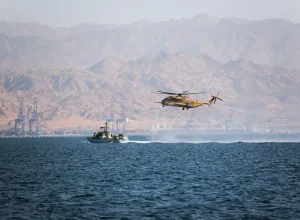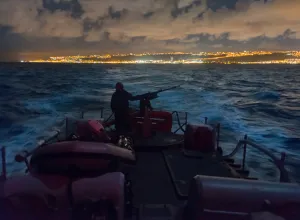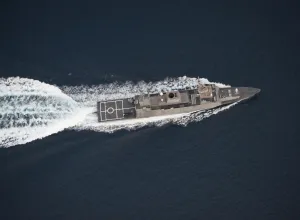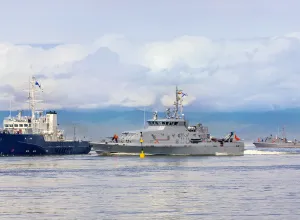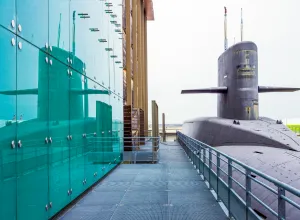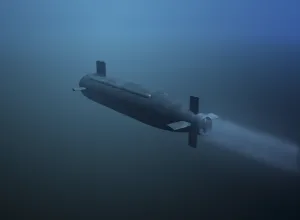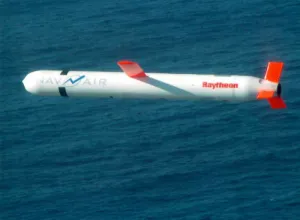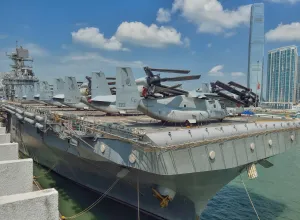Yotam Gutman & Ami Rojkes Dombe
Naval forces face numerous challenges in the context of the war against terrorism, including budget constraints, the proliferation of dual-use technology, and the absence of inter-arm cooperation. To overcome these obstacles, a different security management concept must be implemented
To remain relevant in the age of asymmetric warfare, naval forces must revise their doctrines, acquire dedicated weapon systems and relinquish the autonomous status that has been their hallmark in the last centuries
In the future global naval battlefield, the winner will be the side that manages to employ all of its naval capabilities as a unified fabric, capable of dealing with rapid changes in the theater – and not necessarily the side that had developed the best technological capabilities
Creating a deception in the context of the employment of a naval force is the ability to tell the opponent a story that is different from reality. A successful psychological feint can generate deterrence at the strategic level as well as providing a tactical advantage
Submarines, surface vessels, UUVs and underwater communication cables are all vulnerable to cyberattacks and electronic warfare at sea. What are the potential threats and the protective solutions?
The combination of prolonged autonomous operation with independent decision-making positions Unmanned Underwater Vehicles (UUVs) as the next phase in the evolution of naval warfare
The capabilities gap opposite the Chinese and Russian Navies, emphasized by the recent operations of the Russian fleet in the Middle East and the Chinese fleet in the China Sea, led the US navy to develop an upgraded version of the Tomahawk Missile
The 'Achilles' Heel' of every aircraft carrier is its inherent vulnerability. It weighs 100,000 tons, carries 60 to 80 aircraft and is difficult to conceal or defend. So, how do you protect it against hostile attacks on the maritime battlefield?

